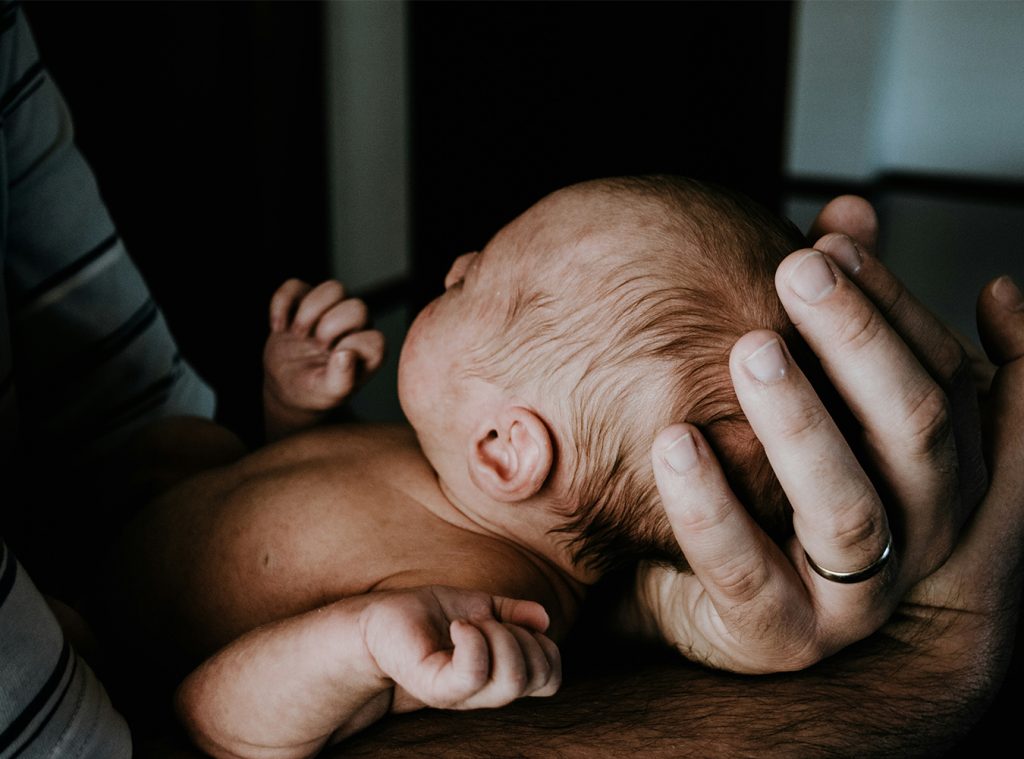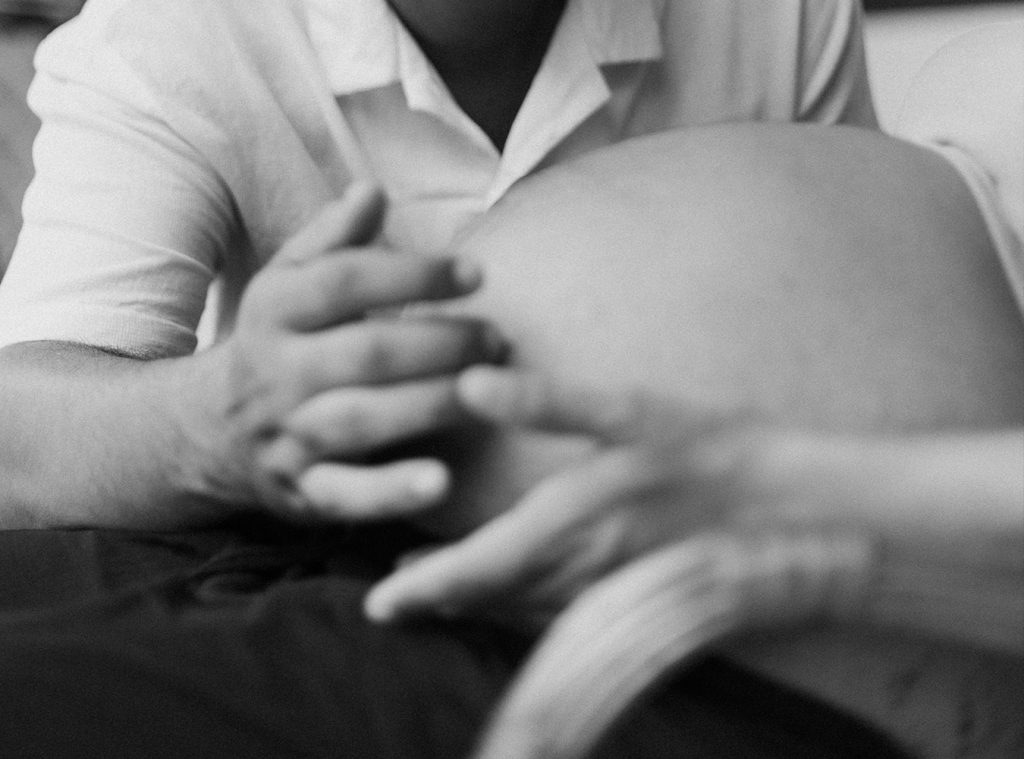This is the most advanced fertility treatment where we take eggs (oocytes) from the woman and combine them with sperm with the aim that they will fertilise to create embryos. In essence an embryo is a very early pregnancy.
Embryos are grown in the laboratory with the aim of transferring a single 5 day old embryo to the womb. Embryos that are not transferred can be frozen (cryopreserved) and used at a later date. Embryos can also be genetically tested before freezing and transferred to the woman once results of the genetic testing are known.
Stimulation
Usually, women release one egg per month (ovulation). We know that the likelihood of an IVF baby increases if we have more eggs for fertilisation with sperm and we aim to collect many eggs per IVF cycle. Women therefore undergo Controlled Ovarian Hyperstimulation during their IVF treatment cycle in order to recruit multiple ovarian follicles (which contain eggs) simultaneously. There are many different types of IVF stimulation medication protocols and your treatment will depend on your clinical history, fertility history and the results of your investigations. If you have previously undergone treatment your medication protocol will be adjusted with this in mind.
Treatment normally involves around 8-12 days of self-administered follicle stimulating hormone injections. Day 1 of a treatment cycle is the first day of full flow of your period and stimulation medication normally starts day 2. This results in recruitment of multiple follicles in a single cycle (which contain eggs). A second medication is also normally taken to stop you from ovulating while the follicles grow and develop. A tracking ultrasound scan and bloods are performed at the clinic during this period to assess your response. These results are then used to make a plan about when you should take a self-administered trigger which starts the final egg maturation process. 36-38 hours after this you undergo an egg collection procedure. A stimulation cycle generally takes around 2 weeks. We are aiming for between 10 and 20 eggs per cycle though results vary widely depending on each patient’s specific clinical situation.
Egg retrieval
There are a number of different names for egg retrieval including egg pick up (EPU), oocyte pick up (OPU) or egg harvest. The egg retrieval involves a light general anaesthetic. The eggs are collected via a vaginal ultrasound and a needle biopsy of the ovaries through the vaginal wall internally to drain the ovarian follicles and collect the eggs. The procedure takes around 20 minutes and you will be home the same morning. This is a low-risk minor surgery but there are still small risks of bleeding, infection and damage to structures around the ovaries.
Sperm retrieval
Sperm from the male partner is usually produced (ejaculate) on the day of egg collection in the clinic and prepared in the laboratory. Frozen sperm samples (“straws”) either from the partner or from a donor, can be thawed and prepared on the day as well.
Occasionally where there is little or no sperm in the ejaculate (e.g post vasectomy) sperm can be retrieved surgically from the testes via needle biopsy or a small incision. This is normally under general anaesthetic.
Fertilisation (IVF vs ICSI)
At this point the retrieved eggs and sperm are combined in the embryology lab. Eggs are fertilised with sperm either via natural IVF or via intra-cytoplasmic sperm injection (ICSI). They are then cultured in the lab and allowed to develop until day 5.
In natural IVF the sperm is simply placed in a Petrie dish with an egg. The sperm travels to the egg and penetrates the outer layers without assistance. There is a degree of natural selection with this method.
During the ICSI process the embryologist (a specialist scientist) selects a sperm under the microscope and physically injects it into the egg (oocyte) to aid fertilisation. ICSI can be indicated in patients with semen analysis abnormalities (e.g low normal shapes or motility), surgically retrieved sperm, anti-sperm antibodies or where natural fertilisation has failed in previous treatment cycles.
After about 24 hours, signs of fertilisation will be visible under the microscope and embryos are formed. Embryos are successfully fertilised eggs (or very early pregnancies) and are normally grown out until day 5 when they are called blastocysts. Embryos can be transferred (inserted into the womb) earlier at day 3 for example though success rates are lower than at day 5.
It is normal for the embryo number to drop with each passing day. For example, it would not be a surprise in a patient where 20 eggs are collected that 12 eggs may fertilise to become embryos while only 5 of these embryos make it to day 5.
Embryos can either be transferred to the uterus at day 5 or frozen for future use. For genetic testing purposes, embryos are biopsied at day 5 before being frozen (see Pre-Implantation Genetic Testing of Embryos- IVF).
Embryo transfer
Embryo transfer is normally an awake procedure but can be performed under sedation. A speculum is inserted into the vagina to visualise the cervix and a very fine catheter is passed through the cervix into the uterine cavity. An abdominal ultrasound is performed at the same time to ensure the embryo is placed correctly.
Pregnancy rates
Different clinics have a different patient population profile, treatment schedules and pregnancy rates. Recent data is not published in Victoria. General data including all clinics can be found at:
https://www.varta.org.au/resources/news-and-blogs/how-likely-are-you-have-baby-after-one-two-or-three-ivf-cycles
Sometimes it can take multiple cycles to achieve success. After any unsuccessful cycle your treatment protocol will carefully reviewed and adjusted accordingly.







